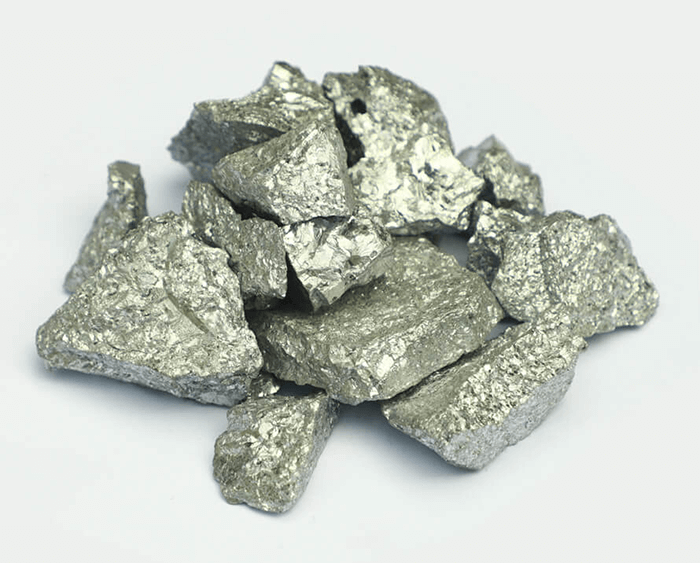Chromium is recognized as an "essential trace element" due to the crucial role that minute quantities of this mineral play in maintaining optimal health. It exists in two distinct forms:
- Trivalent chromium
- Hexavalent chromium
The first form is present in various foods and dietary supplements and is considered safe for human consumption, while the second form is toxic and has been linked to serious health issues, including lung cancer and skin disorders.
Benefits of Chromium
- Chromium aids in the metabolism of carbohydrates and helps regulate blood sugar levels, contributing to the stabilization of blood glucose. This makes it beneficial for individuals with prediabetes, as well as those with type 1 and type 2 diabetes.
- It supports the maintenance of healthy blood pressure levels, thereby helping to prevent hypertension.
- This mineral is vital for the metabolism of carbohydrates, proteins, and fats.
- Chromium contributes to cognitive health, making it advantageous for addressing memory loss and conditions such as Alzheimer’s disease and bipolar disorder.
- It plays a significant role in promoting cardiovascular health, with regular intake associated with a reduced risk of heart disease.
- Chromium helps to regulate cholesterol levels within the body.
- It assists in reducing body fat, making it effective for weight management.
- Additionally, it helps to sustain strength and energy levels in the body.
Food Sources of Chromium
Rich sources of chromium include broccoli, oats, barley, green beans, potatoes, garlic, tomatoes, romaine lettuce, and black pepper. Other significant sources are mussels, Brazil nuts, dates, oysters, pears, brown shrimp, mushrooms, hazelnuts, beef, and egg yolks. Fruits such as apples, oranges, and bananas also provide a good amount of chromium.
Deficiency of Chromium
A lack of chromium can lead to conditions such as diabetes and atherosclerosis. The following symptoms are commonly associated with chromium deficiency:
- A sudden increase in anxiety levels, which may cause lightheadedness and an elevated heart rate.
- A notable decrease in energy levels, leading to feelings of lethargy and weakness in the body.
- Mood swings may also occur as a result of chromium deficiency.
Side Effects of Excessive Chromium Intake
Excessive consumption of chromium can lead to various negative health effects, including renal failure, reproductive issues, and potential carcinogenic effects. Additionally, high levels of chromium intake may cause gastrointestinal problems and can result in low blood sugar (hypoglycemia).
Daily Chromium Intake Recommendations
Infants
- The requirement for infants aged 0-6 months is 0.2 micrograms (mcg).
- For those aged 7-12 months, the requirement increases to 5.5 mcg.
Children
- The recommended intake for children aged 1-3 years is 11 mcg.
- For children aged 4-8 years, the requirement is 15 mcg.
- Males aged 9-13 years require 25 mcg, while females in the same age group need 21 mcg.
Adults
For Males:
- The chromium requirement for males aged 14-18 years is 35 mcg.
- Males aged 19-50 years also require 35 mcg.
- For those over 50 years, the requirement decreases to 30 mcg.
For Females
- Females aged 14-18 years need 24 mcg.
- The requirement for females aged 19-50 years is 25 mcg.
- For females over 50 years, the requirement is 20 mcg.
- Pregnant women require 30 mcg of chromium.
- Lactating women have a higher requirement of 45 mcg.



